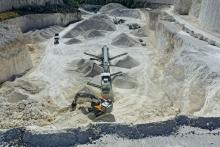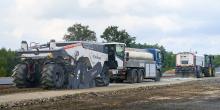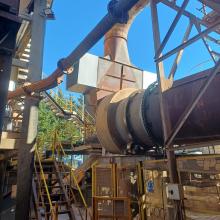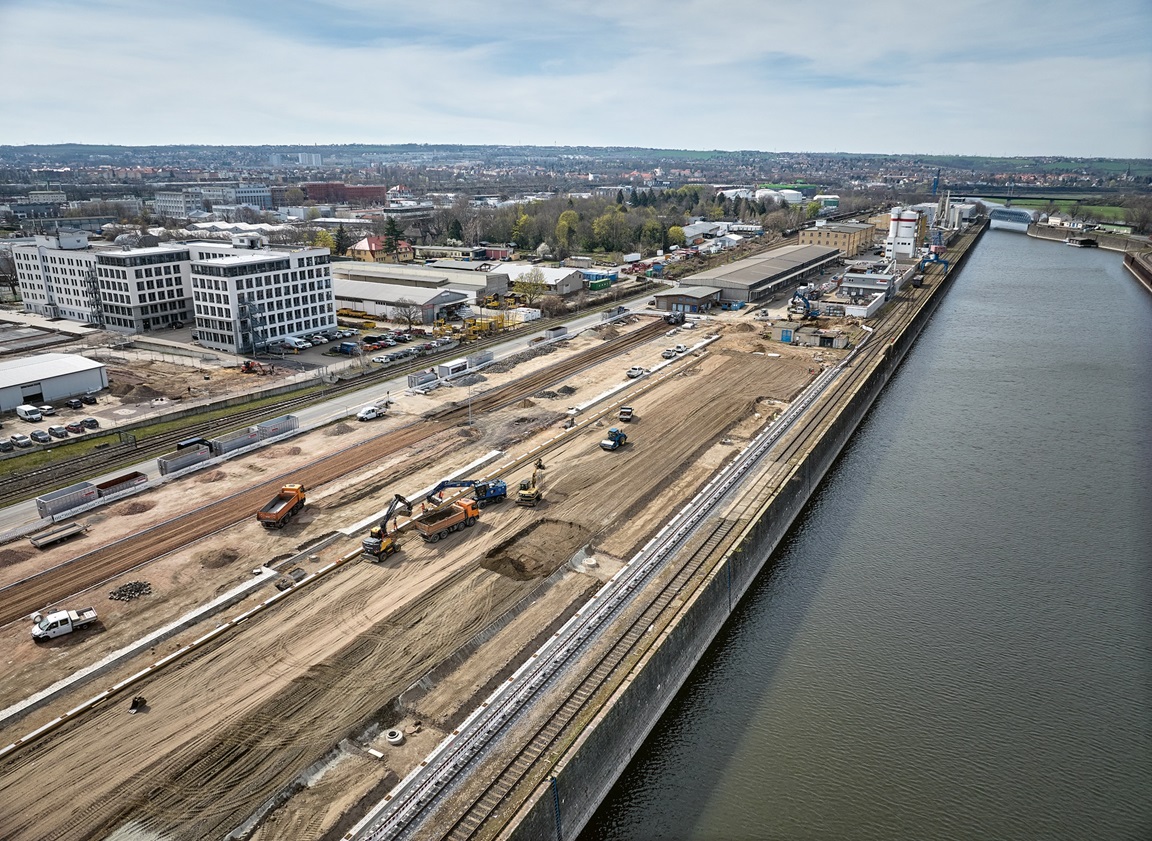
This is the reason why a Rock Crusher WRC 240i from Wirtgen was chosen for the job. As the port has been rebuilt many times in its 130-year history, the ground on the site was interspersed with bricks, stone and remnants of foundations with edge lengths of up to 250 mm from the demolition of the old buildings and infrastructure.
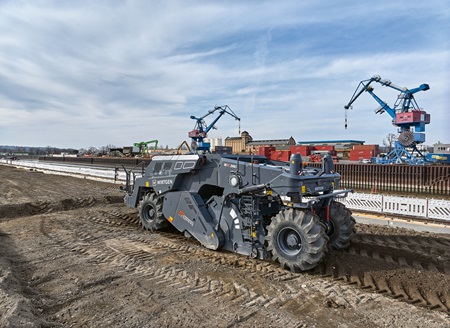
The contracted construction company chose the option of in-situ processing of the ground. A Rock Crusher WRC 240i was deployed for the crushing and homogenisation of the ground material on the 12,000 m² site. This meant that the existing material could be re-used in a particularly resource-friendly way and had the added benefit of eliminating the need for transporting materials to and from the site – saving more than 1,000 transport movements in all.
The Rock Crusher processed the ground material with its crushing and mixing rotor to a depth of 50 cm. With an advance rate of around 8 m/min, it achieved an average productivity of approximately 450 t per hour. The HT18 crushing tools shattered the material on the crushing bars, and the screens retained this material in the crushing and mixing chamber until it met the material requirements (grain size: 0/32) and could pass through the 45 mm screen mesh. The homogeneously mixed material that remained behind the WRC was prepared for subsequent stabilisation by the addition of NovoCrete ST98 cement.
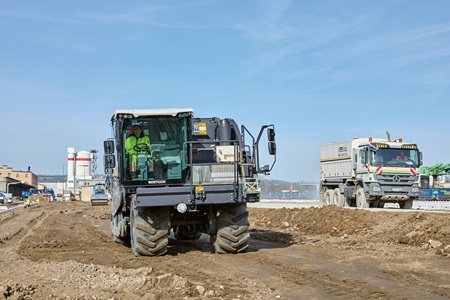
A bulldozer distributed the material evenly to achieve the desired subgrade. 80 kg/m² of cement mix was spread in two passes by a Streumaster SW 16 MC and then mixed in and homogenised by a soil stabiliser WR 250i. The Wirtgen WR was followed by a soil compactor for pre-compaction, a Grader for producing the fine subgrade and a smooth drum roller for final compaction.
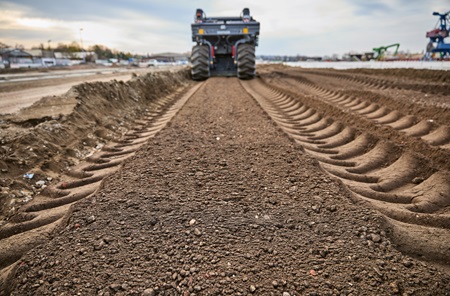
The chosen approach brought the advantages of savings in terms of transport costs, time and resources. The recycling of the existing surface pavement and ground material enabled the realisation of a sustainable and resource-friendly construction process. The base layer with a thickness of 48 cm was completed within two weeks. Soil replacement would have taken 8 to 14 weeks. However, the use of the Wirtgen WRC 240i enabled a significant reduction of the construction time and eliminated the costs of transporting material to and from the site.

